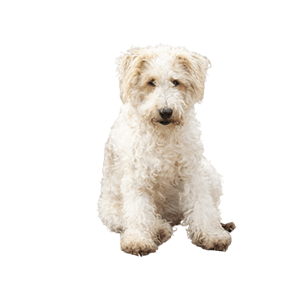Wire Fox Terrier

“The utmost show dog, the Wire Fox Terrier, has its roots as a powerful hunting dog. The breed’s forebears have been adept at bolting and possibly dispatching game, particularly fox, that had gone to the ground. Some hypothesis exists that the Smooth and Wire Fox Terriers arose from different backgrounds, with the Wire descending from the rough-lined Black and Tan Terrier of Wales. The Wire entered the show ring approximately 15 to twenty years after debuting Smooth.
The types have been interbred drastically at one time, significantly to enhance the Wire type by lowering its size, growing the quantity of white on its coat, and presenting a sleeker outline. Met this goal pretty early. Wire Fox Terriers have become extraordinarily famous in the years following World War II. In 1985, a hundred years after establishing the USA Fox Terrier Club, the AKC made the Fox Terrier into distinct breeds.”
- Type - Terrier
- Weight -15-19 lb
- Height- 15.5"
- Family -Terrier
- Date of Orgin-1800s
- Area of Orgin -England
Energy Level
Exercise Requirements
Playfulness
Affection Level
Friendliness To Dogs
Friendliness To Other Pets
Friendliness To Strangers
Watchfulness
Ease of Training
Grooming Requirements
Heat Sensitivity
Vocality
Temperement
A true “live-wire,” the Wire Fox Terrier is usually up for an adventure. This breed likes to play, explore, run, hike, chase, and train. They may be mischievous and independent and might dig and bark. They are commonly pretty reserved with strangers. The Wire has a popularity for being quite scrappier with different puppies compared to the Smooth.
Upkeep
The Fox Terrier needs to have everyday exercise. They will do a lot to exercise themselves given the room, however, they benefit from a very good stroll on a leash, an energetic play session, or an off-lead outing in a secure area. The Wire’s coat desires to comb 2 or 3 instances weekly, plus shaping every 3 months.
Health
Major diagnosis: none , Minor diagnosis: lens luxation, distichiasis, cataract, Legg–Perthes Occasionally seen: deafness, patellar luxation Suggested tests: (eye), cardiac, knee Life span: 10–13 years
Disclaimer
Note: While the characteristics mentioned here may frequently represent this breed, dogs are individuals whose personalities and appearances will vary. Please consult the adoption organization for details on a specific pet.
